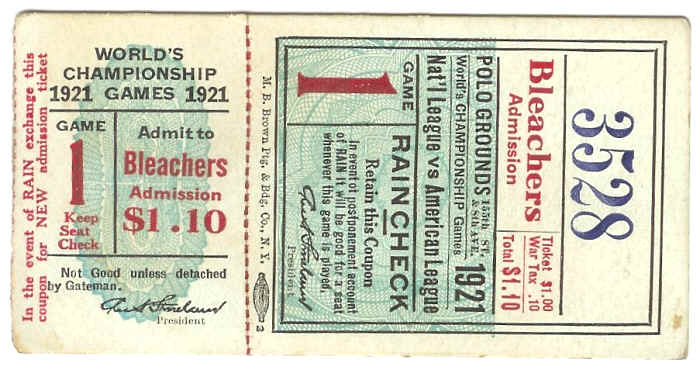

 |
 |
 |
|
#1
|
||||
|
||||
|
I always wondered why everyone was always so over-dressed when you look at a lot of these old time pictures of people at the race track.
 I never realized how high the admission prices to get into the track were. In 1920, Babe Ruth (in his 7th season in the Majors) hit 54 Home-Runs for the New York Yankees over a season that was 154 games long. Babe Ruth made a salary of just $20,000 In 1920, Man O' War made over $166,000 in earnings and he didn't even show up for the Kentucky Derby or Suburban Handicap (despite a favorable 114lbs weight assignment) In 1921, General Admission for any day of racing at Belmont Park was $3.85 ($50 today adjusted for inflation) Preferred admission was $3.85 extra for men and $1.10 extra for women. In 1921, if you wanted to watch Babe Ruth and the New York Yankees play for a championship in the World Series...this is what your ticket options looked like: Bleachers: $1.10  Mezzanine: $3.30 Lower Stand Reserved seating: $5.50 (a mere $70 adjusted for inflation for the best seats in the house at the World Series)  The OTB's of old were pool halls. They broadcasted horse racing via telegraphs. Some of the famous horse bettors like Pittsburgh Phil graduated from the Pool Halls. Obviously, the bettors back than had a monster advantage of the low takeout. But asking people to pay that much money just to attend the racetrack is still pretty crazy. |